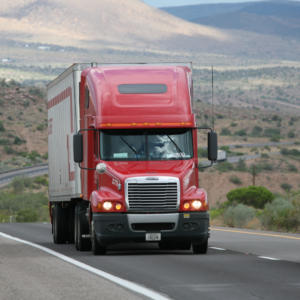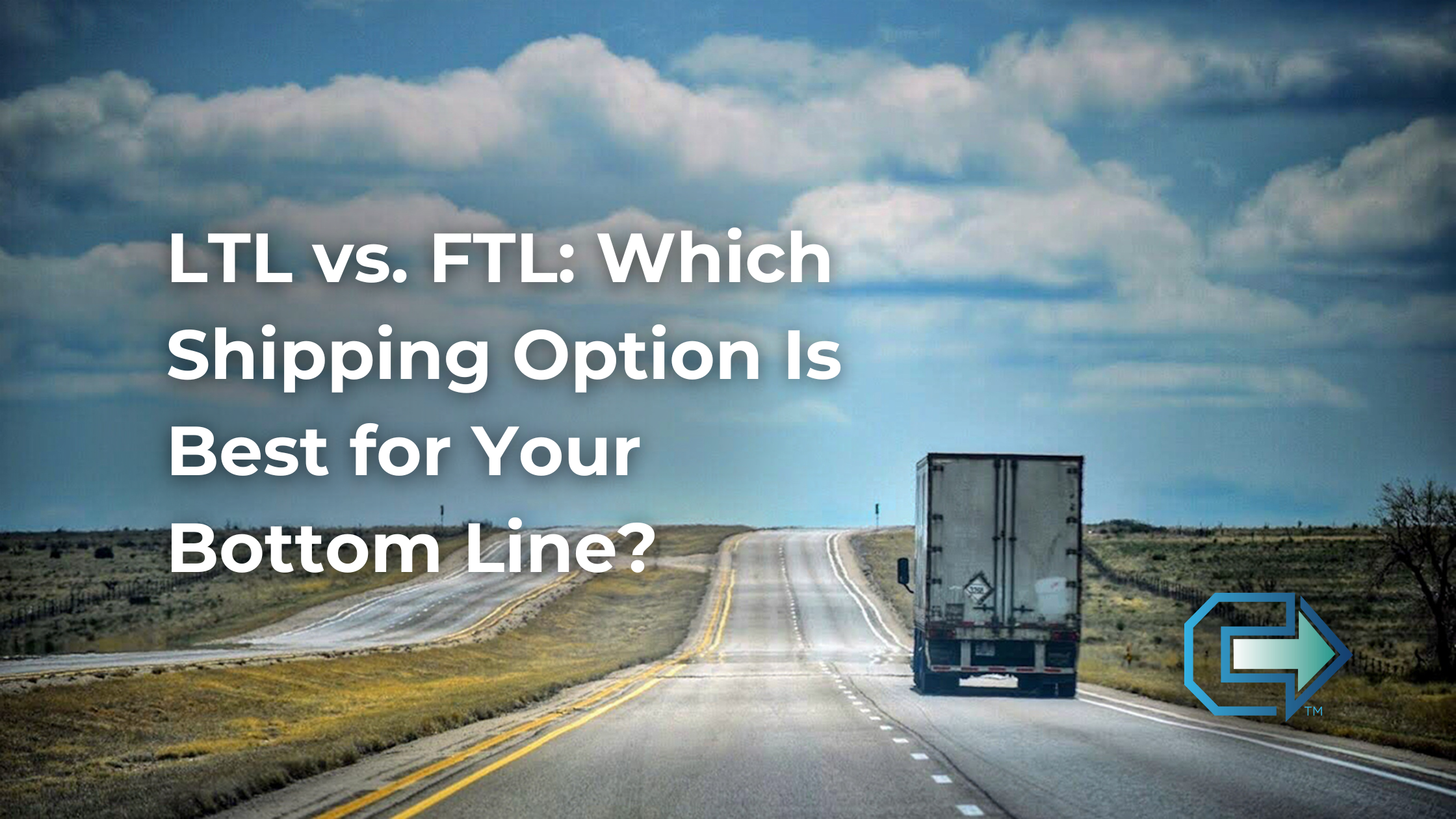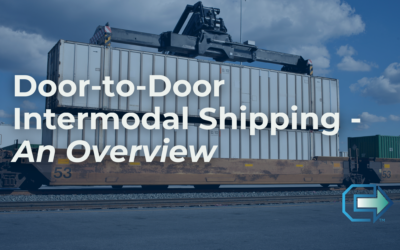When it comes to over-the-road shipping, choosing between Less-Than-Truckload (LTL) and Full-Truckload (FTL) can significantly impact your logistics costs and operational efficiency. Both options have their advantages and are suited to several types of shipments. Understanding the key differences between LTL and FTL shipping can help you make the right choice for your business and bottom line. Let’s break down the essentials to help you determine which shipping method best fits your needs.
What Is LTL Shipping?
Less-than-truckload (LTL) shipping is a method where multiple shippers’ freight is combined in a single truckload. Each shipper pays for the portion of the truck they use, which makes LTL a cost-effective solution for smaller shipments. LTL carriers consolidate cargo from various customers and transport it on a shared truck, delivering it to multiple destinations.

Pros of LTL Shipping:
- Cost Efficiency for Smaller Shipments: You only pay for the space your freight occupies, which can be economical if you’re not shipping full truckloads.
- Reduced Inventory Costs: With LTL, you can ship smaller quantities more frequently, which helps reduce the need for large inventory stockpiles.
- Environmental Benefits: Combining shipments reduces the number of trucks on the road, leading to lower overall carbon emissions.
Cons of LTL Shipping:
- Longer Transit Times: Since LTL shipments are consolidated and stop at multiple locations, delivery times can be longer compared to FTL.
- Risk of Damage: With multiple shipments being handled, there’s a higher risk of damage or loss due to more frequent handling.
- Complexity: Managing multiple stops and transfers can add complexity to the logistics process.
What Is FTL Shipping?
Full-truckload (FTL) shipping involves using an entire truck for a single shipper’s cargo. This method is ideal for shipments that require a full truck or when faster transit times are essential. With FTL, the entire truck is dedicated to one customer’s load, ensuring a direct route from origin to destination.

Pros of FTL Shipping:
- Faster Transit Times: Since FTL shipments go directly from origin to destination without multiple stops, transit times are usually quicker.
- Lower Risk of Damage: With less handling and fewer transfers, there’s a reduced risk of cargo damage.
- Greater Control: You have more control over your shipment route and delivery schedule, which can enhance reliability and predictability.
Cons of FTL Shipping:
- Higher Cost for Smaller Loads: Paying for the entire truckload can be expensive if you don’t have enough cargo to fill the truck.
- Less Flexibility: If your shipment volume fluctuates, committing to FTL may not be as cost-effective as LTL for smaller or less frequent shipments.
- Potential for Empty Miles: If you’re not shipping full truckloads consistently, you might end up paying for empty space or unused capacity.
Which Option Is Best for Your Bottom Line?
The choice between LTL and FTL largely depends on your specific shipping needs and priorities. Here’s how to decide which option aligns best with your business objectives:
- Assess Shipment Volume: If you consistently have enough cargo to fill a truck, FTL can be more economical despite the higher per-load cost. Conversely, if your shipments are smaller or infrequent, LTL might offer better cost efficiency.
- Evaluate Delivery Speed: If fast delivery is critical, FTL’s direct routing could be the better choice. For non-urgent shipments, LTL’s longer transit times might be acceptable.
- Consider Risk and Handling: If minimizing damage is a priority, FTL provides a lower risk due to fewer handling and transfers. If the damage risk is less of a concern, LTL’s cost savings might outweigh this factor.
- Calculate Total Costs: Look beyond the base shipping rates and consider additional costs such as fuel surcharges, handling fees, and potential delays. A thorough cost analysis will help you understand the total expenses associated with each option.

Let Cornerstone Systems Help You Choose the Best Option!
Navigating the complexities of LTL and FTL shipping can be challenging, but you don’t have to do it alone. Cornerstone Systems offers expert guidance and tailored solutions to help you determine the most cost-effective and efficient shipping method for your business needs. Our team will work with you to analyze your shipping requirements, compare options, and optimize your logistics strategy.
Ready to make the right choice for your shipping needs? Contact us today for a personalized consultation and request a quote. Let us help you streamline your operations and improve your bottom line with the best shipping solutions.
Request a Quote Now or Contact Cornerstone Systems to get started!






